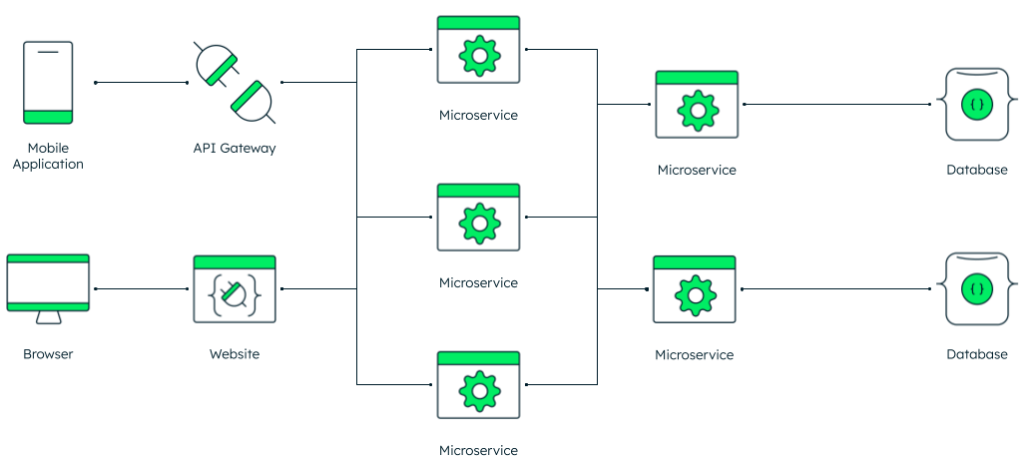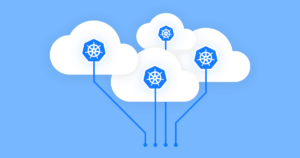Application Modernization
Apps modernization provides an architectural and organizational approach to cloud-native software development where software is composed of small independent services that communicate over well-defined APIs. These services are owned by small, self-contained teams.
Microservices architectures make applications easier to scale and faster to develop, enabling innovation and accelerating time-to-market for new features.

Apps Modernization Challenges
Legacy Complexity and Dependencies
Monolithic architectures, where everything is tightly coupled. Dependencies between modules often create a domino effect, where updating one element impacts others, requiring extensive testing and refactoring.
Security and Compliance in a Shared Environment
Securing containerized environments, API gateways, and serverless functions demands constant vigilance and robust threat detection capabilities. Requiring comprehensive governance, data protection, and access control.
Cost Optimization and Resource Management
Serverless billing based on resource usage can be difficult to predict. Adopting centralized logging and monitoring tools becomes essential, the skills required for modernizing applications with emerging cloud technologies
The Advantage of
Modernizing Your Application
Agility
Foster an organization of small, independent teams that take ownership of their services.
Autoscalling
Allow each service to be independently scaled to meet demand for the application feature.
Easy Development
Enable continuous integration and continuous delivery, making it easy to try out new ideas
Technological Freedom
Teams have the freedom to choose the best tool to solve their specific problems.
Reusable Code
Dividing software into small, well-defined modules enables for multiple purposes.
Resiliency
Applications handle total service failure by degrading functionality increases resistance.
Application Modernization Services
Microservices
The microservice architecture enables the rapid, frequent and reliable delivery of large, complex applications. It also enables an organization to evolve its technology stack.
Cloud Native Development
Modern software development techniques including microservices, containers, CI/CD, agile methodologies, and devops.
Event Driven Architectures
The design and implementation of applications and systems that transmit events among loosely coupled software components and services.
Performances Engineering
Encompasses the techniques applied during a systems development life cycle to ensure the non-functional requirements for performance.
Application modernization is the process of updating and improving an organization’s existing software applications in order to make them more efficient, effective, and secure. This can involve a variety of activities, such as converting legacy applications to modern programming languages, implementing new technologies and frameworks, and improving the user interface and user experience. The goal of application modernization is to enable organizations to better support their business operations and initiatives.
Modernized applications can be more efficient and scalable than legacy applications, which can help improve the performance and reliability of an organization’s operations. Application modernization can help organizations implement more robust security measures to protect their data and systems from cyber threats and other vulnerabilities. Lastly, upgrading and replacing outdated applications can help organizations reduce operating costs and improve their bottom line.

Your Journey to Apps-Modernization
Assesment
Lay out a plan based on the company’s needs. This means assessing every application in a portfolio, as individual properties but in the way they interconnect.
Program
Different applications require different modernization approaches. Migrate the whole application or its parts to a new operating environment, depending on the scope.
Evolve
Modernization is to bring your apps up-to-date with the latest cloud technology. plan for scaling from the start of your modernization project to avoid bottlenecks further.






